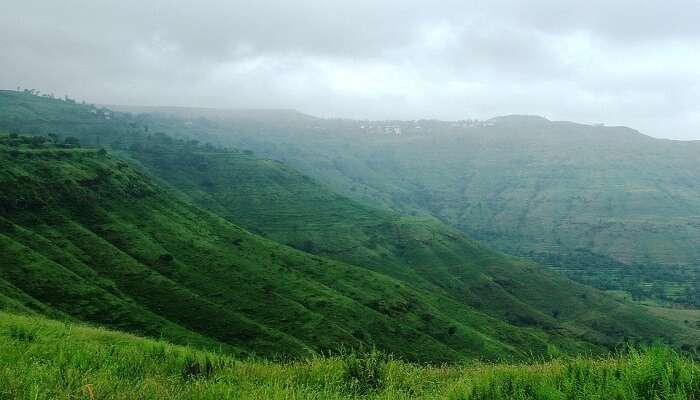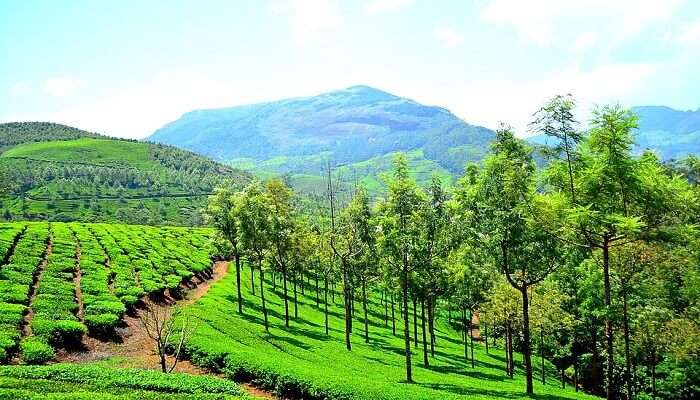Maya Devi Temple Visit To Experience Spiritual Peace In 2025
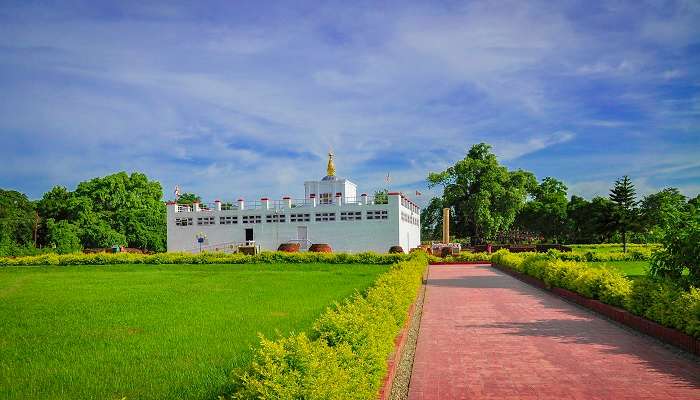
Situated at the UNESCO World Heritage Site of Lumbini, Nepal, the Maya Devi Temple is an emblem of one of the world’s foremost educational pilgrimages. This simple but highly significant architecture is the birthplace of Siddhartha Gautama, widely known as the Buddha. The bricks and timbers in the temple hold the stories of the people’s devotion towards the deity, and the Sacred Garden outside the temple provides the calmness required for one to reflect. Make sure to brace yourself for a complete makeover if you are ready to explore a gem in the history of Buddhism. The temple is a must-visit for spiritual seekers and history enthusiasts alike.
Maya Devi Temple History
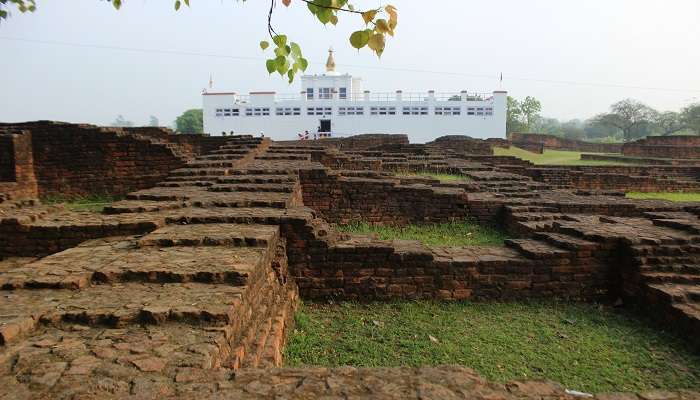
Lumbini in Nepal houses the Maya Devi Temple, regarded as the Buddha’s birthplace. It is one of the oldest Buddhist pilgrimage sites in Nepal, believed to have been established between the 6th century and BCE. In the third century BCE, the site was declared sacred by Emperor Ashoka, who built a temple made of burnt bricks to shrine the relics. In 2013, during rescue excavation, older remains of a tree shrine and preliminary archaeological evidence for the pre-Mauryan age were also found, which indicates the origination of the first temple right after the death of Buddha.
The site has undergone several restorations, with a notable one being done by Keshar Shumsher in 1939, which involved excavation as well. Lumbini Development Trust reconstructed the current temple in 2003; therefore, it bears testimony to the glorious history and divine holiness of the place.
Also Read: Things To Do In Nepal
Maya Devi Temple Architecture
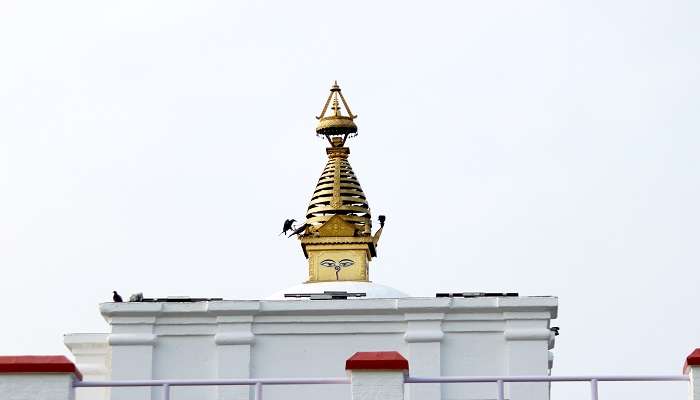
The Maya Devi Temple is a World Heritage site among all the Sites included in the World Heritage List, which is in Lumbini, Nepal, marking Buddha’s birthplace. Its architectural construction is a blend of India and Nepal. The construction material used was burnt bricks, and its architecture was humble but elegant. The temple has three main parts: the gate, the inner sanctum, and the water house or chamber (Pushkarini).
On the right side of the marker stone, with figures carved in a rather elaborate manner on the walls, are stories and legends from Buddhism. A statue of Mary and baby Jesus is situated at the back of the said stone. In some religious places, for instance, the pushkarini, traditionally regarded as the placenta where Mayadevi, the queen of the Shakya clan, was rumoured to have bathed before giving birth to Siddhartha, is also a common tourist destination. This building is beautiful, and its design, especially the layout, provides a very old look at early Buddhist structures because of its history and religious importance.
Places To Explore Near Maya Devi Temple Lumbini
Explore the notable sites near Maya Devi Temple, a significant religious and historical landmark. These nearby attractions blend spiritual, cultural, and natural experiences. Discover the rich heritage and scenic beauty surrounding this sacred site.
1. Lumbini
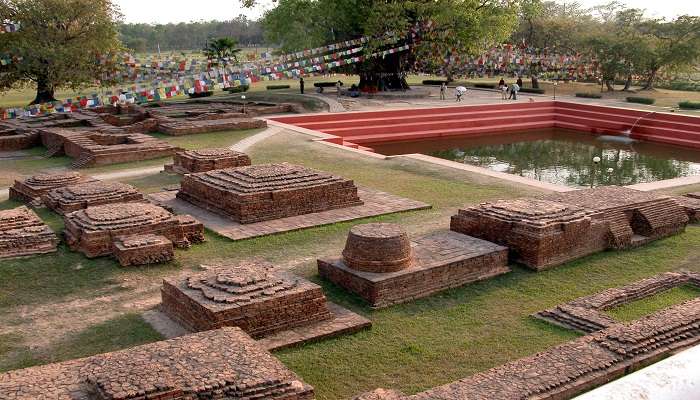
Lumbini is one of the famous religious sites where Siddhartha Gautam (Lord Buddha) was born and is also enlisted as a UNESCO world heritage site. One of the ancient sites, close to Mayadevi Temple, gives the tourists a sense of the beginning of Buddhism. Ecotourism in the area consists of archaeological sites, monasteries, and meditation centres to enable pilgrims and tourists to access the origins of Buddhism. The undisturbed environment and religious importance of Lumbini make it practically mandatory for one who wants to grasp the lifestyle and preachings of Buddha in addition to the cultural and historical exploration.
Timings: Open 24 hours
Entry Fee: Foreigners: NPR 500, SAARC Nationals: NPR 100
Related Post: Sagarmatha National Park
2. Nepal Temple
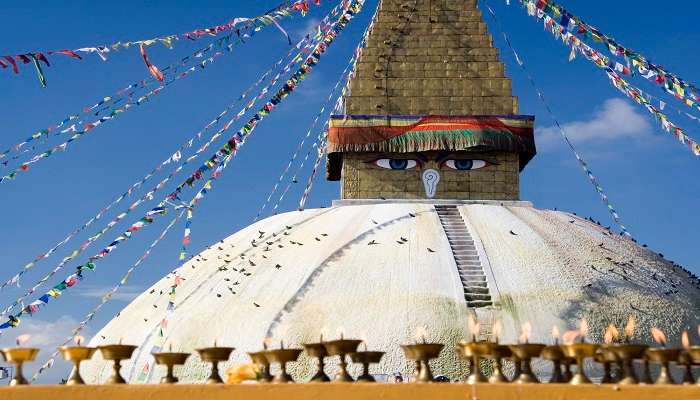
Nepal Temple, located near the Maya Devi Temple in Lumbini, is a beautiful structure that epitomises Nepal’s Buddhist culture. It is a beautiful architectural design that combines Nepali and Buddhist styles. The territory includes delicate engravings, bright paintings, and magnificent galleries with a calm duality to practice meditation. Attached to the complex is a museum that provides information about Buddhism, its art, and history. Beautiful gardens and elaborate constructions create a nice atmosphere for contemplating and studying history.
Timings: 6:00 AM to 6:00 PM
Entry Fee: Free
3. Sacred Garden
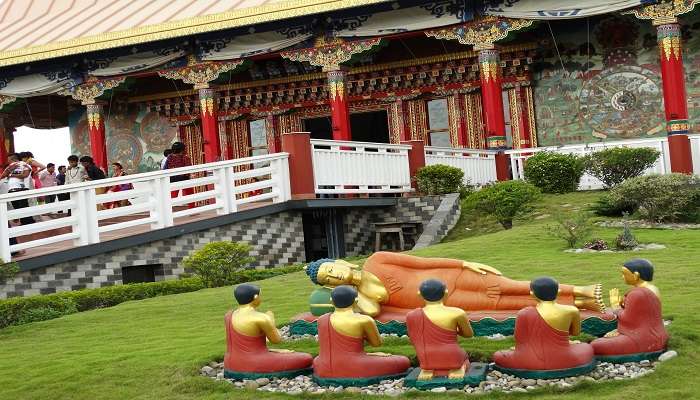
The Sacred Garden, being a calm area, reflects the spirit of Buddha’s birthplace. The garden spans 8 square kilometres of land and is majestically developed with well-trimmed grass, thorny trees, and flowers natural to the region. The garden’s focal point is the Bodhi tree, believed to be a thousand years old, with prayer flags hanging all over it. Instead, one can promenade along curving passages across archaeological zones and pensive bends. The design of the garden utilises basic symbols of Buddhism, such as the ponds and the meditation zones. This quiet, pleasant place can present a wonderful environmental space or a symbolic reference and meaning.
Timings: Open 24 hours
Entry Fee: Free
Related Post: Trekking In Nepal
4. Ashoka Column
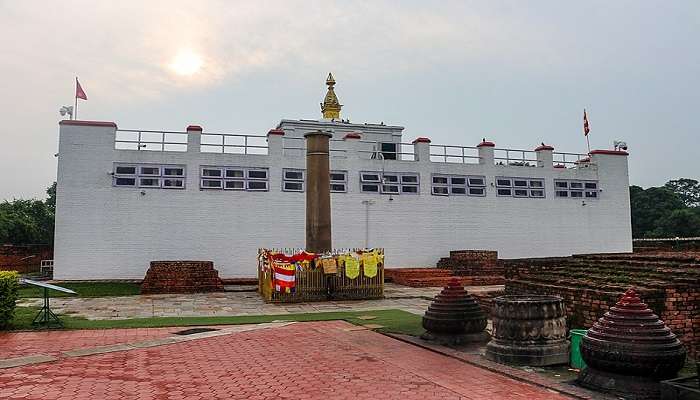
The Ashoka Column, established by Emperor Ashoka in 249 BC, remains an important monument, proving that the birthplace of Buddha is Lumbini. This 6.7-metre sandstone pillar is surrounded by an inscription in Brahmi script that states the site’s historical truth. This column’s existence also proves that Lumbini was an essential spot in the past and indicates how Buddhism impacted various regions during Ashoka’s rule. Despite its age, the column retains its intricate carvings and weathered appearance, adding to its historical value. It is also of key interest to pilgrims and historians as it provides a unique and comprehensive base of understanding of the ancient Indian writing system. The column also provides clues about the evolving Buddhist civilization in the region during that era.
Timings: 6:00 AM to 6:00 PM
Entry Fee: Included in the Lumbini entry ticket
Maya Devi Temple Opening Hours & Entrance Fee
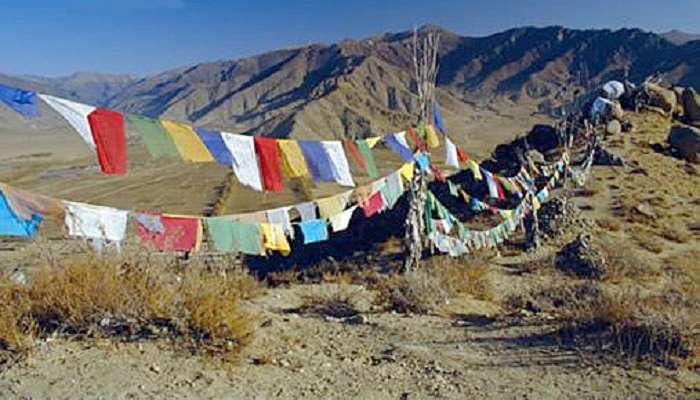
Whether you’re a local or a traveller, the Maya Devi Temple offers a profound spiritual experience worth exploring. Known for its distinctive architectural features, this temple attracts visitors worldwide. Here are the details about temple opening hours and entrance fees.
Maya Devi Temple Timings: Monday to Friday: 6:00 AM to 12:00 NN, 4:00 PM to 8:00 PM
Maya Devi Temple Entrance Fees: Indians: Free; SAARC Citizens: NPR 100; Foreigners: NPR 200
Related Post: Places To Visit In Nepal For Honeymoon
How To Reach
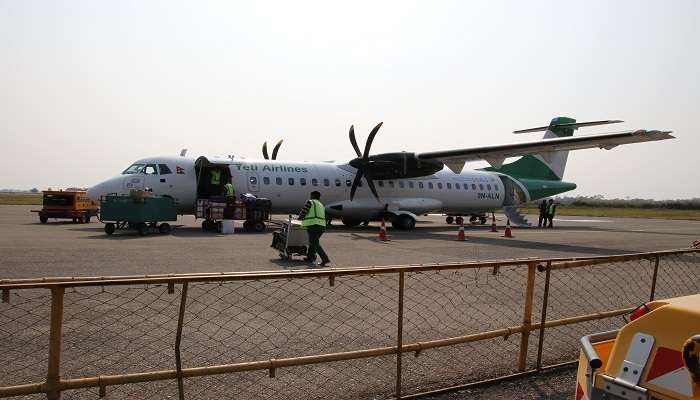
The nearest airport to Lumbini is Siddharthanagar (Bhairahawa), approximately 22 kilometres away. You can take a domestic flight from Kathmandu to Siddharthanagar, hire a taxi from the airport, or take a local bus to Lumbini.
You can also travel to Lumbini by road from Kathmandu or other major cities in Nepal. The journey from Kathmandu to Lumbini takes 8-10 hours by bus. Private vehicle options are also available for a more comfortable journey.
You May Also Like To Read: Lakes Of Nepal
It will be quite unwise not to choose the Maya Devi Temple if you plan to visit Nepal. As you plan your visit, remember that you’re not just sightseeing; you’re engaging with history and spirituality that have shaped human thought for over 2,000 years. Lumbini’s serene environment will enable you to find direction toward personal spiritual enlightenment. If you fancy going through with it, book your trip to Nepal today and prepare for the spiritual journey of a lifetime.
For our editorial codes of conduct and copyright disclaimer, please click here.
Cover Image Source: Bibek Raj Pandeya for Wikipedia
Frequently Asked Questions About Maya Devi Temple
Are cameras permitted within the compound of Maya Devi Temple?
No photography is allowed inside the temple due to its religious nature; however you are free to take pictures in the surrounding gardens.
When is the most suitable time to visit Maya Devi Temple for a tour?
The best time to visit the park is during the cooler and dry season October to March.
Is there any restriction as to what you wear to the temple in this case?
It is suggested that guests do not expose bare shoulders and knees to respect the sanctity of the place.
Is meditating allowed inside the Maya Devi Temple?
However, occasional and temporary state of serenity is encouraged but long periods of meditation should be practised in the farther open spaces outside the temple.
Is there an option to hire guides at the Maya Devi Temple?
Yes, qualified tour guides are always on hand to explain the historical and religious significance of the site.
People Also Read:
Bhojeshwar Temple Poornathrayeesa Temple Man Mo Temple

Get ready to wander the world through amazing visual tours that we provide via our blogs and stories. As a content writer, I love sharing incredible travel experiences that inspire readers to plan their own adventures and create unforgettable memories. From planning to execution, everything has already been served in these amusing tales. Let’s explore the world together, one destination at a time!



